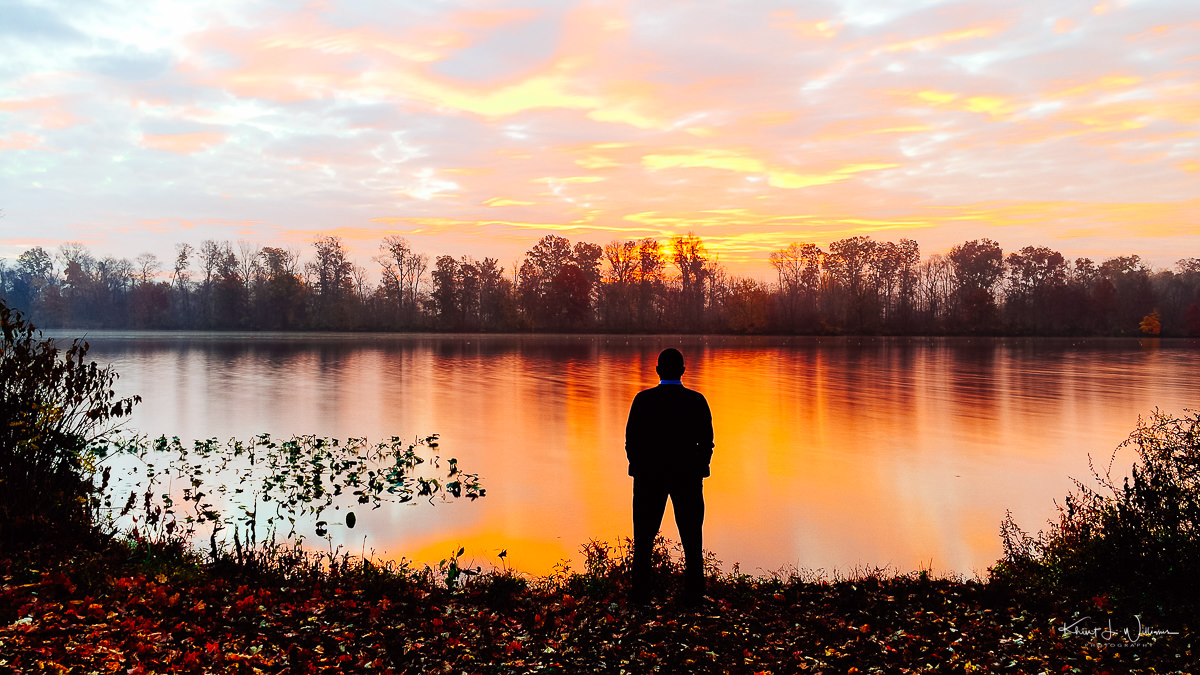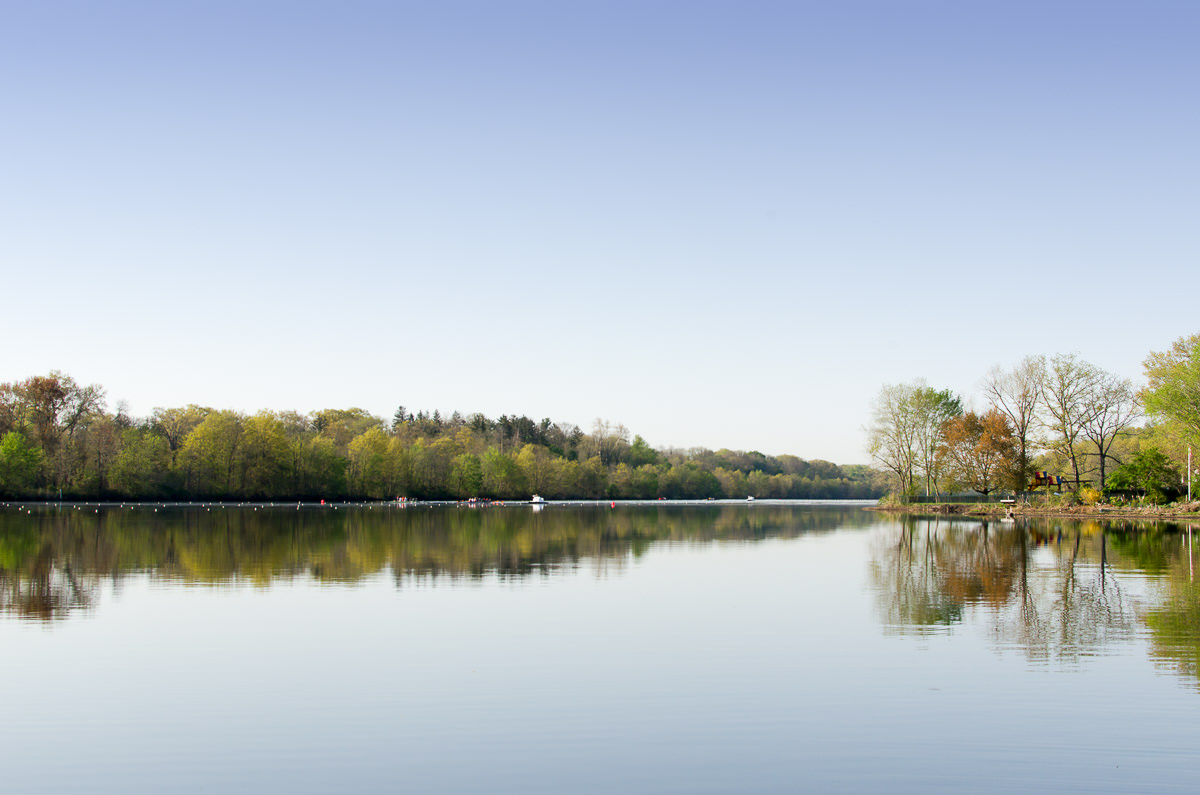17 August 2022
I love how the early morning light falling from the trees through the window illuminates the kitchen.
Island in the Net by Khürt Williams
Technology and Photography Musings. Established circa 2000.
I love how the early morning light falling from the trees through the window illuminates the kitchen.
My vision for the morning keyword challenge was to use one of two concepts, Komorebi and Shinrinyoku.
"Komorebi" refers to the sunlight that filters through the leaves of trees.
“Shinrin-yoku” is a term that means "taking in the forest atmosphere" or "forest bathing." It was developed in Japan during the 1980s and has become a cornerstone of preventive health care and healing in Japanese medicine. For relaxation, practitioners go deep into the woods, where everything is silent and peaceful.
Those were the two concepts I had in mind for the weekly challenge. I also envisioned a fog among the trees that would make that filtered light look a certain way. In my vision, the photo would evoke a mild spring fog among the trees of the Sourland Mountain with early morning sunlight shining on a single spot on the forest floor.
In my mind, I envisioned something like this. The photograph below is by Tomasz Przywecki captured in Trzebiez, West Pomeranian, Poland.
But instead, I captured an image of light falling on the trees in my backyard. Not inspiring.
In many ways, this photo is a compound failure. I failed to get out of bed early. Usually, I am a morning person. Weekdays my alarm goes off at 6 AM. On the weekends, I sleep in, waking around 6:30 AM. Unless I am tired. My son is a senior in high school and starting college this fall. He was accepted into the Honors College at Rutgers University. Yesterday, we toured two of the fours campuses. I was tired last night. I did not get up for the sunrise at 6:30 AM.
One of the challenges of outdoor photography is being at the mercy of nature. We had a lovely foggy morning one day this week. In the middle of the week. Is there such a thing as a fog forecast? Had I known about that fog, I might have been able to get up early for some photography. But ... it was overcast that day, so there would be no light filtering through the trees—just fog.
I live on a slightly hilly area in a valley beneath the Sourland Mountain Range. Most of my sunrises and sunsets are through the tops of the trees. But there is one place I could have gone this morning; Carnegie Lake.
Two years ago, I looked out the kitchen window on a fall morning and saw a light fog hanging over the area. I can’t see the lake from my home, but I imagined what scene might be unfolding.
It was a workday. I quickly assembled my diabetes kit, took a bolus of insulin for my liquid breakfast of Soylent, packed my TimBuk2 messenger bag, grabbed my iPhone 6 and Nikon D5100 and headed out the door. The tripod was already in the car.
Driving along Blue Spring Road, I noticed some colour in the sky. A sort of reddish-orange. I headed toward the Princeton side of Carnegie Lake, expecting to capture images of the fog over the lake. But as I pulled off Route 27 into the parking area, I knew I had something special. I mounted the iPhone 6 on the tripod and set about capturing some images.
After a few long exposure shots of just the lake, I tried something new. I put myself in the image. I don’t usually put myself into my scenes. With a shutter speed of 60 seconds, I knew I had to stand very still to reduce motion blur and ghosting.

As I stood there counting down the seconds, I forgot about the photography. The camera had long ago captured the scene. I stood still. Not moving. Just enjoying the scene before me. It was just me and the lake and the sun. I could hear the sound of the lake water lapping against the lakeshore. I listened to the early morning birds call out to each other across the water.
Sixty seconds.
Created by photographer Frank Jansen, the Tuesday Photo Challenge is a weekly theme-based challenge for photographers of all kinds to share both new and old photography. This week's theme is morning.

Some of my readers may know that I have a chronic progressive illness, Type 1 diabetes. Managing Type 1 diabetes is one of those things that is easy to learn but difficult to master. It's not as simple as what I ate. One of the reasons I am writing today is to help you, the reader, understand something about Type 1 diabetes. To educate you so that you can stop saying stupid things to your friends with diabetes. Stupid things like, "Should you eat that?", or "But you're not fat!". Today I am going to explain to you a bit about the Dawn Phenomenon.
The dawn phenomenon, also called the dawn effect, is the term used to describe an abnormal early-morning increase in blood sugar (glucose) — usually between 2 and 8 a.m. — in people with diabetes.Mayo Clinic
Yep. Isn't diabetes a hoot? It seems that even when I don't eat, when I asleep, fasting, my blood glucose (BG) will increase. Just because. Well not really.
Some researchers believe the natural overnight release of the so-called counter-regulatory hormones — including growth hormones, cortisol, glucagon and epinephrine — increases insulin resistance, causing blood sugar to rise.
Ok. So wait. Not only do I have to fight diabetes while I'm going about my day but it's battling me even in my sleep -- even when I'm not eating? Why would nature do such a thing? Why?
The body prepares for waking up by secreting several different hormones.
First, between 4:00 and 6:30 a.m. it secretes cortisol, epinephrine, and norepinephrin. You may recognize these as the hormones involved in the "fight or flight response." In this case, their job is more benign, to give you the energy to get up and moving.
Besides giving you a burst of energy, these hormones raise blood sugar. You aren't going to be able to make any kind of energetic response if you don't have fuel, and after a long night's sleep, the fuel your body turns to to get you going is the glucose stored in the liver.
So after these stress hormones are secreted, around 5:30 a.m., plasma glucose and, in a normal person, insulin start to rise.
Though the normal person gets a rise in insulin to help cells use the morning glucose, people with diabetes don't, so instead of giving their cells a dose of morning energy, all they get is a rise in blood sugar.Jenny Ruhl
Oh! It's not just me. It's all of us. You, the person without diabetes, it happens to you too. It's a survival tactic. When we were more primitive, before fire and housing developments, we used to have to get up in the morning and go find our food. Without the rise in BG, our bodies would not have the energy to do this. We would starve.
That still works for you. But for me, it's another thing I need to think about. It's another thing I need to adjust for. It's not as simple as thinking about what I eat.